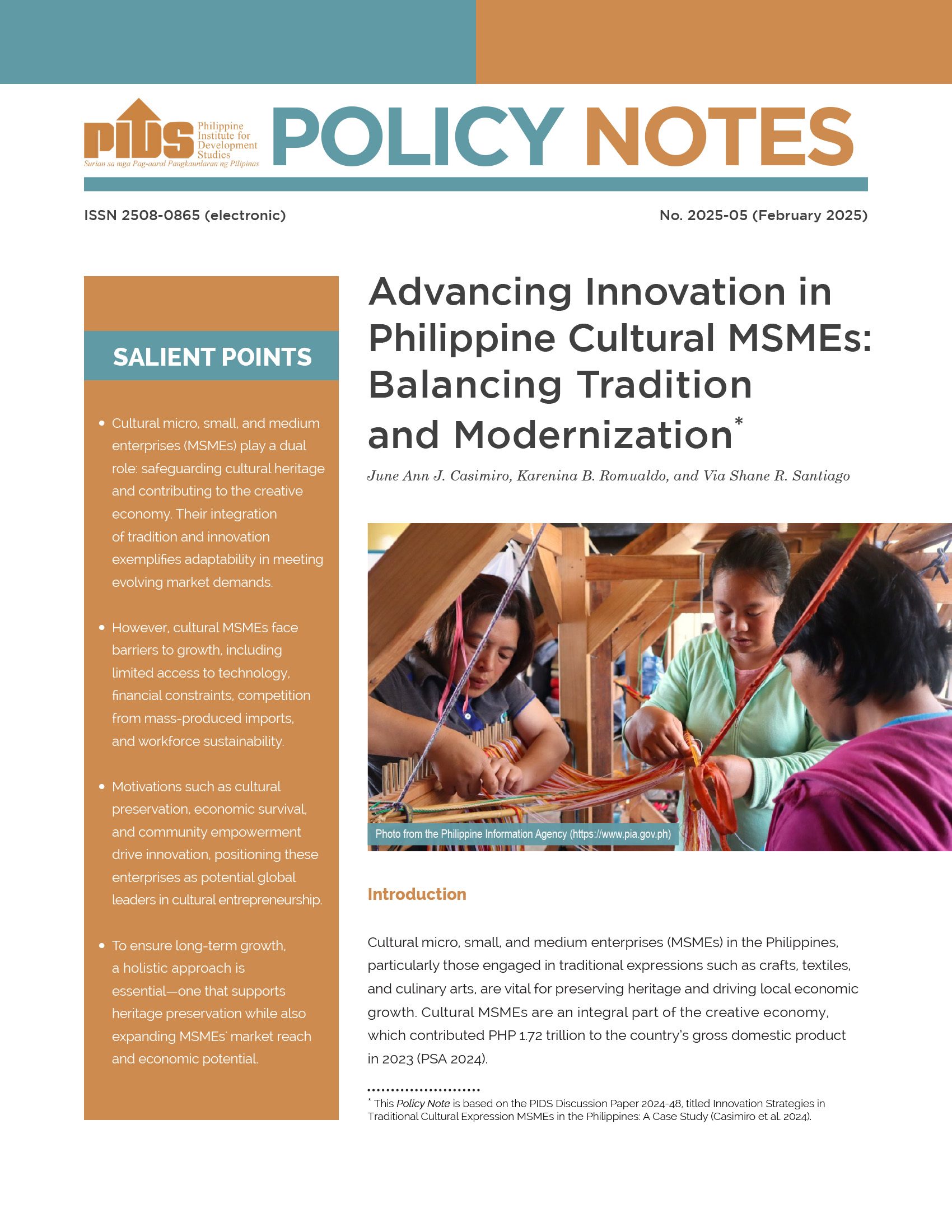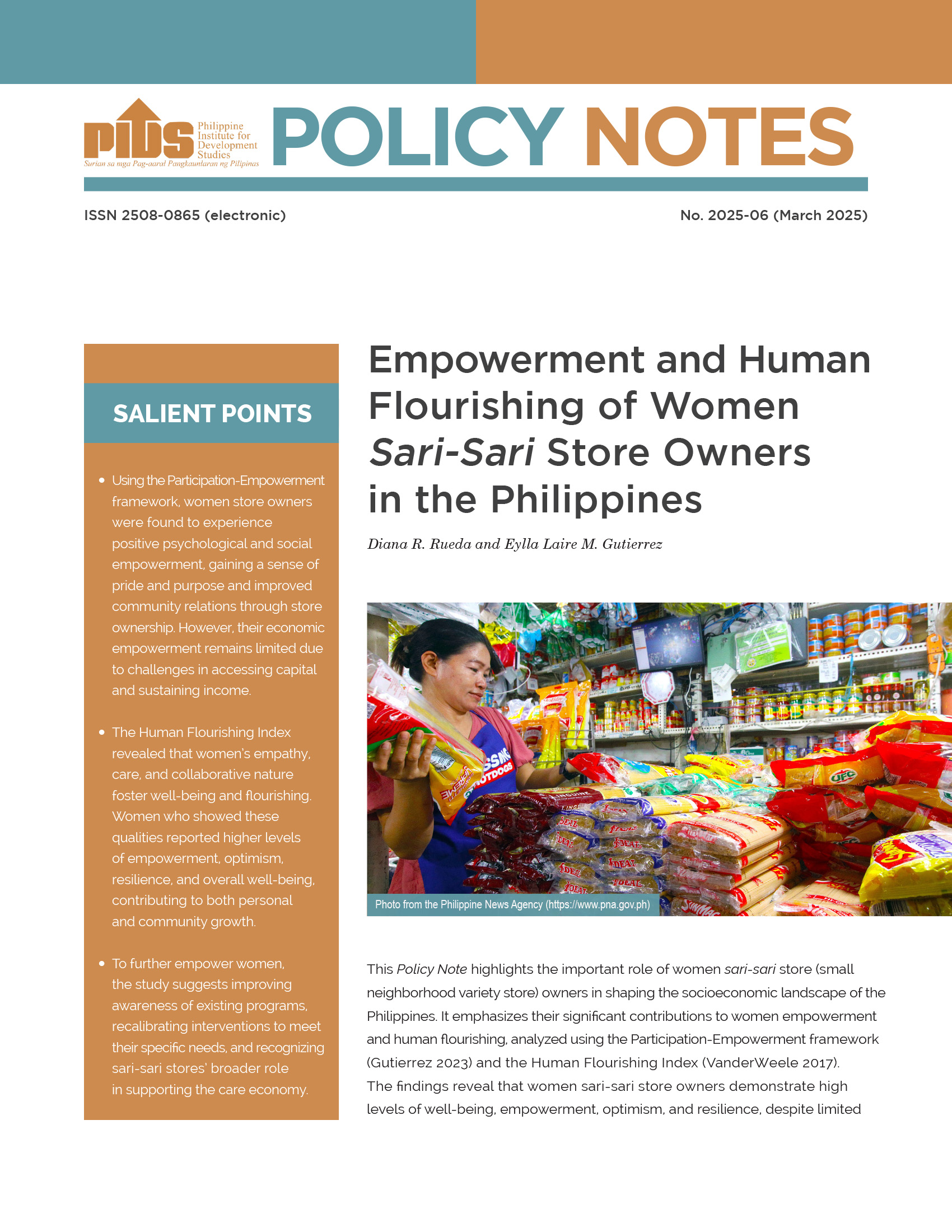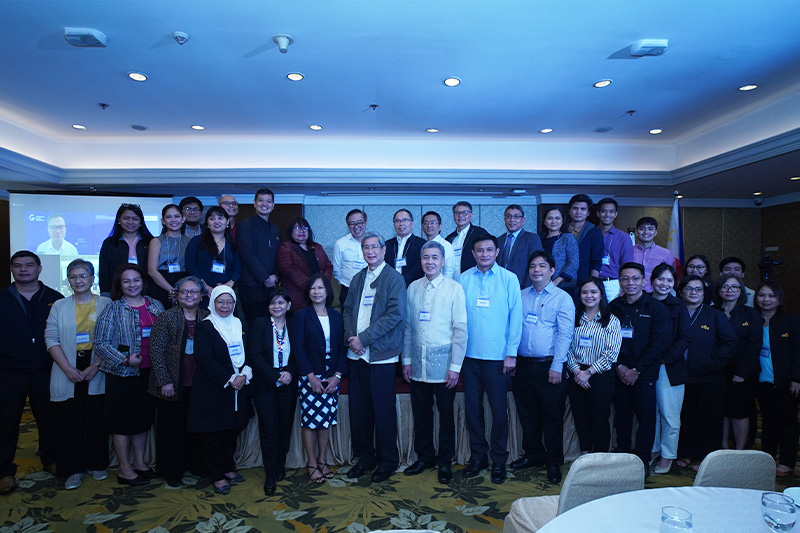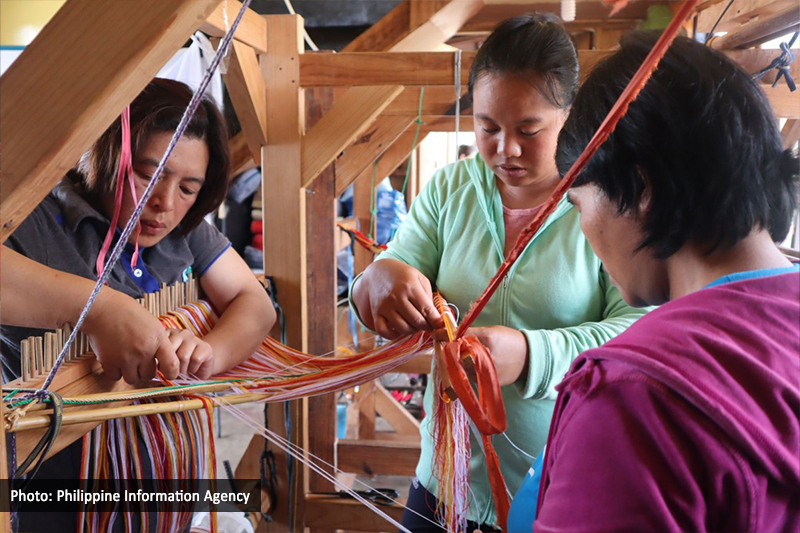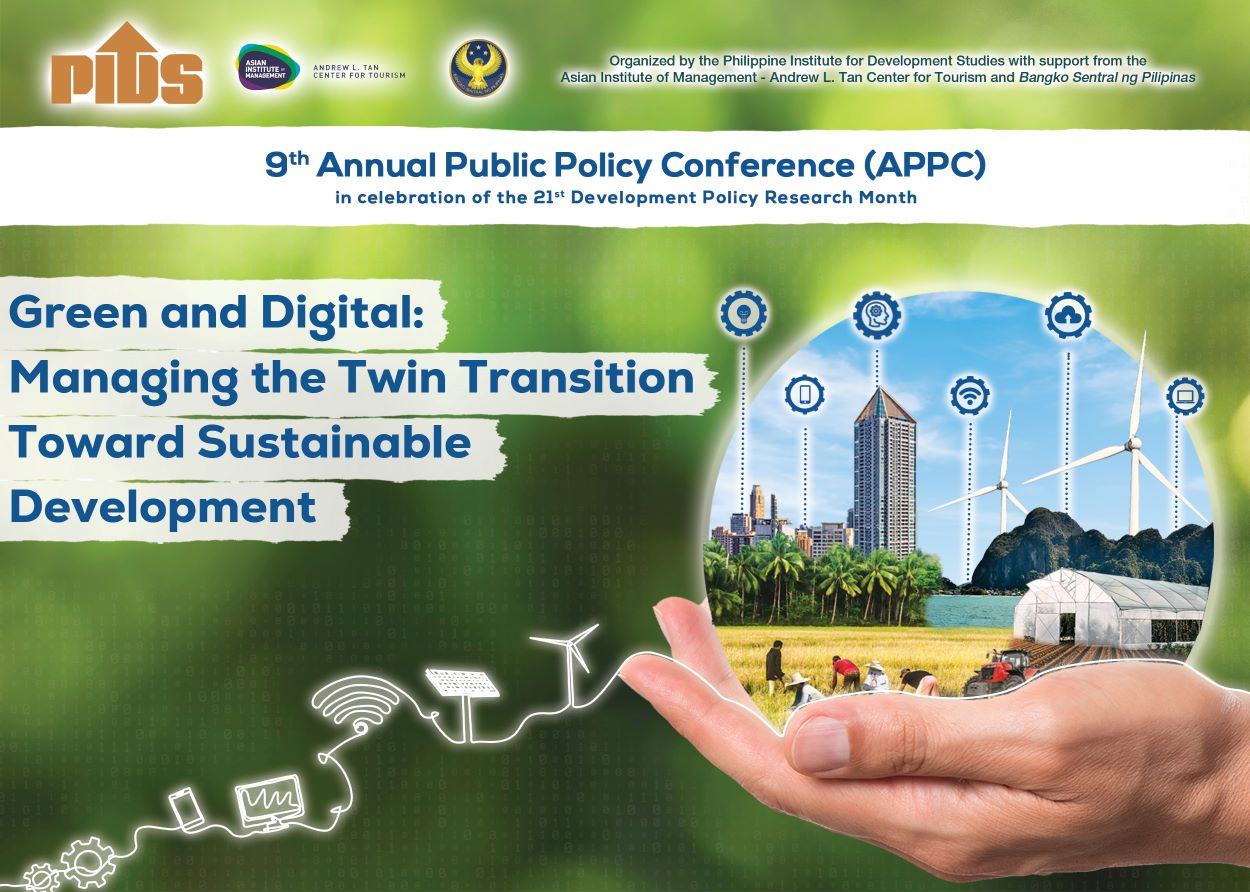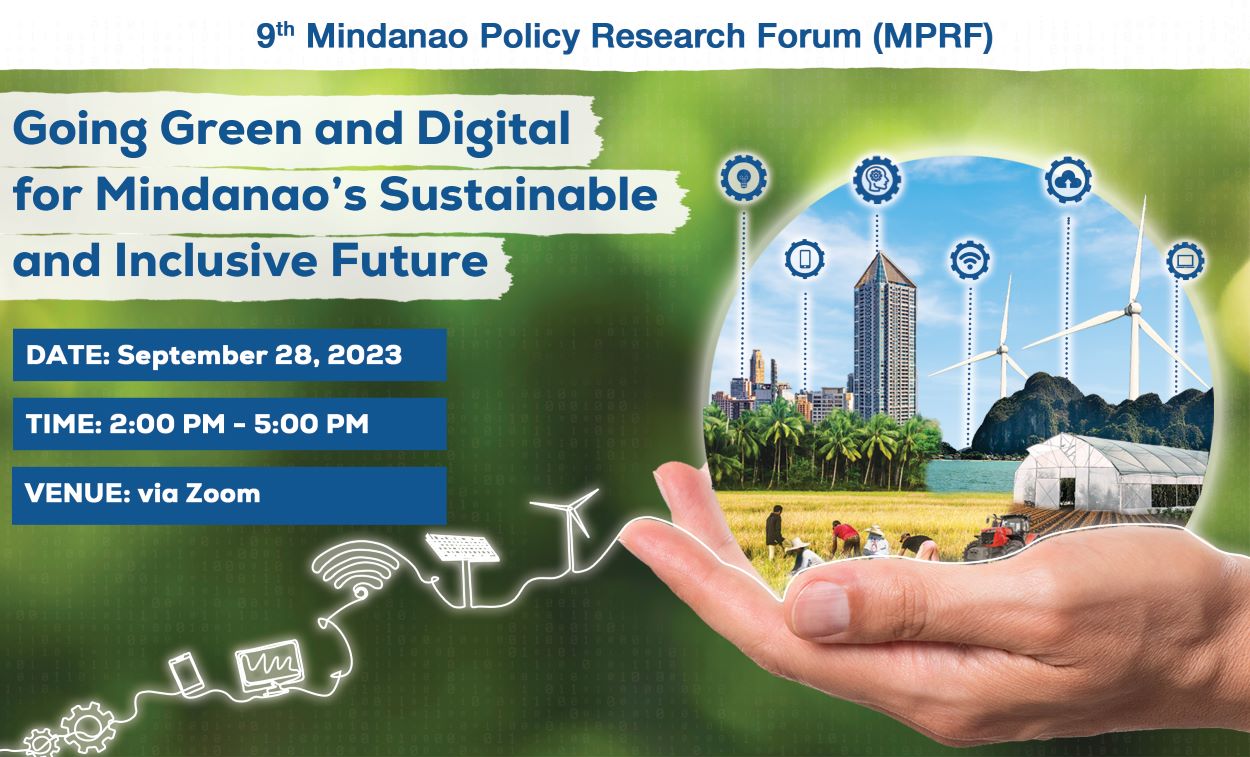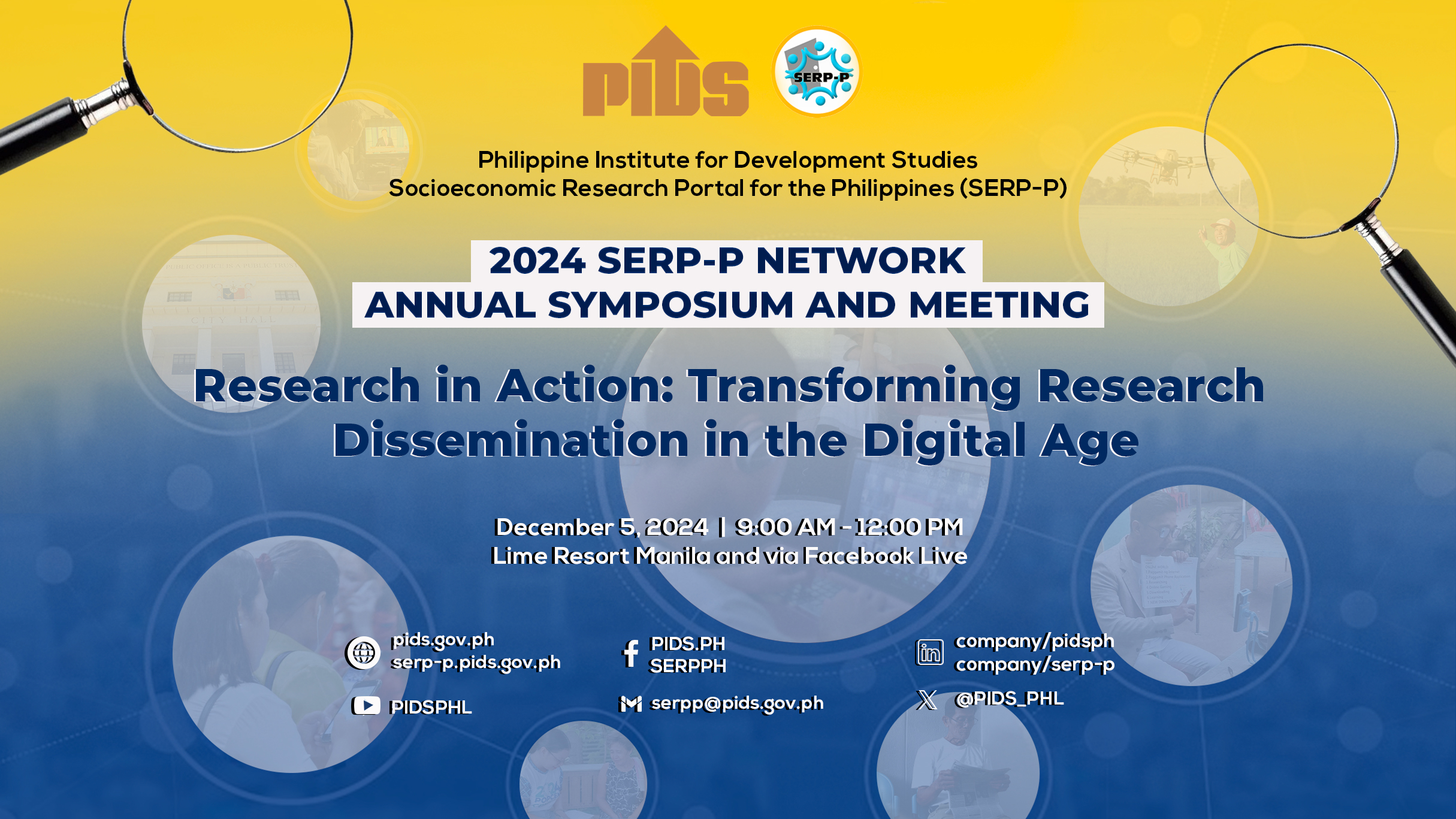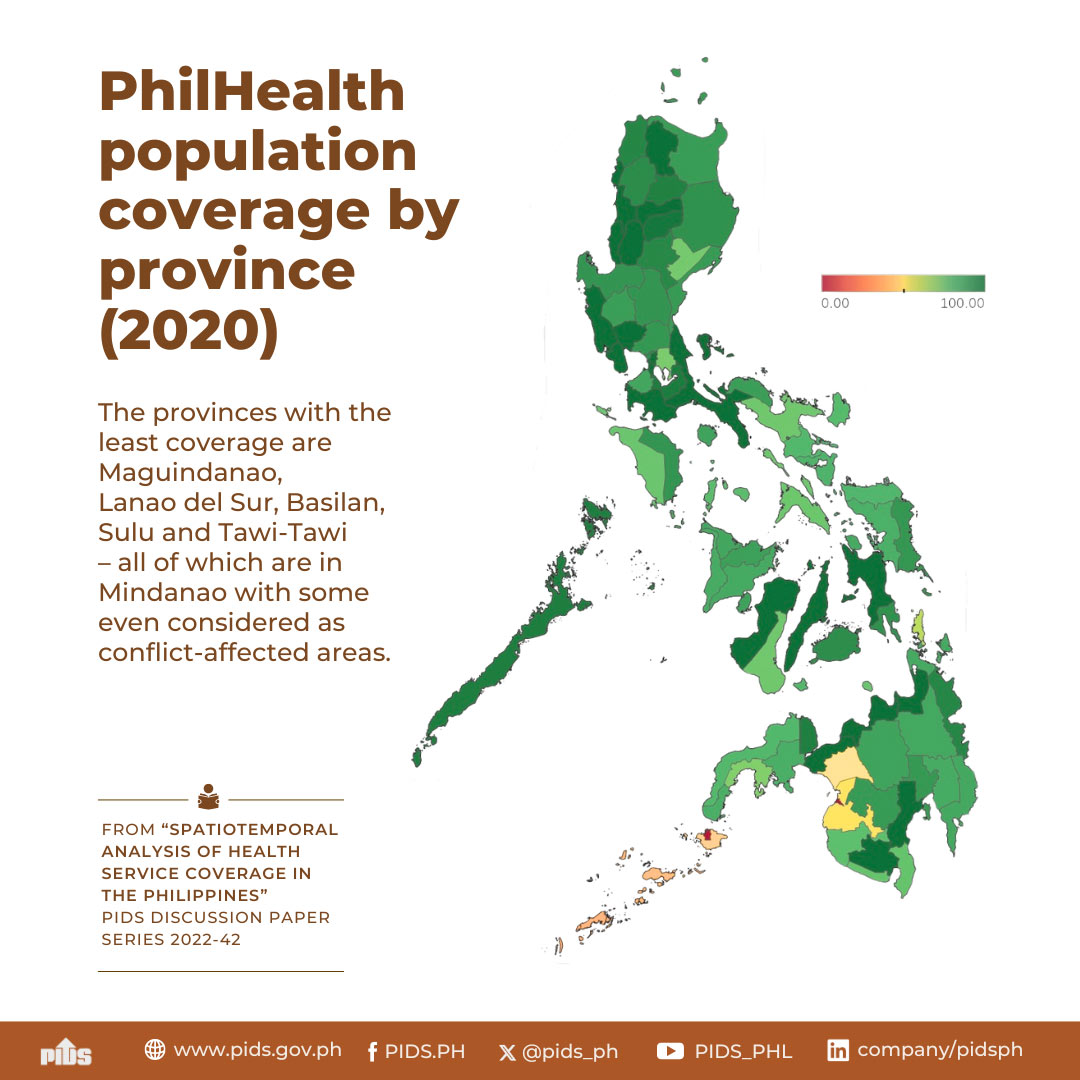WHILE the Philippines is ready for digital trade integration in the Asia and the Pacific region, a study from the Philippine Institute for Development Studies (PIDS) said constitutional limitations on foreign ownership are among the factors that prevent the country from engaging in greater digital trade in the region.
In a study titled, “How Ready Are We?: Measuring the Philippines’ Readiness for Digital Trade Integration with the Asia-Pacific,” PIDS researchers led by Senior Research Fellow Francis Mark A. Quimba said banning foreign equity in electronic commerce and retailing is a major challenge for the country.
Apart from this, the researchers said non-tariff measures (NTMs) also prevent the Philippines from increasing its participation in digital trade in the region.
“The country should not be complacent and work towards improving the implementation of key regulations on digital trade. The digital economy has [been] shown to evolve rapidly, so it becomes a continuous challenge for both government and the private sector to remain vigilant and to continuously equip itself with the right policies and regulations,” the researchers concluded.
The authors said the country must lift foreign equity limitations on electronic commerce and electronic retailing because these are inherently borderless business models.
One of the implications of this restriction is on the leasing and subleasing of advertising space or operating an online voucher platform intended to increase the sales of a particular product or service.
‘Mass media activities’
These can both be considered as mass media activities and would be considered a violation of the policy and would prohibit any foreign equity for these business activities.
They said one way of lifting this limitation without involving Congress is to rationalize Securities and Exchange Commission (SEC) Opinions so that foreign equity in key sectors of the digital economy can be permitted.
“The constitutional restrictions on foreign equity may prevent or deter foreign investors from participating in the Philippines’s electronic commerce and telecommunications industry altogether,” the authors said.
“It is important then that policies are reviewed to ensure that their main objectives are consistent with the government’s goals for digital trade and that the ICT sector is not needlessly compromised,” they added.
NTM issues
Meanwhile, the researchers said NTM issues include the “heavy regulation” of the trade of dual-use strategic goods such as electronics, computers, and telecoms of specified technical standards. The stricter regulations for this were imposed in October 2020.
Another NTM issue, the authors said, is that the country does not recognize self-certification for product safety done by a specific enterprise.
These prevent the country from reducing barriers in the trade of digital goods despite the “exceptionally low tariffs” imposed by the country on the trade of digital goods in Asia and the Pacific.
They said the applied tariff rate on digital goods imported from the Asia-Pacific was reported at just 0.09 percent in 2019 and the coverage rate of duty-free tariff lines reached a high of 92.3 percent during the same year.
“NTMs that restrict the eligibility of firms from participating in public procurement can hinder the free flow of digital goods and services in the Philippines,” the researchers said.
Earlier, a joint report released by the Asian Development Bank (ADB), United Nations Economic and Social Commission for Asia and the Pacific (Escap), and United Nations Development Programme (UNDP) said digital technologies can help Southeast Asian countries fast-track their attainment of the Sustainable Development Goals (SDGs).
United Nations Undersecretary-General and Escap Executive Secretary Armida Salsiah Alisjahbana said efforts to recover from the pandemic need digital technology and mainstreaming data, among others.
The report noted that digital capacities in many parts of the region are low. The Philippines and Lao PDR have a big gap in the share of adults with bank accounts between the top 60 percent and the bottom 40 percent of the income distribution.
Internet use is also lower among those in the bottom 40 percent of the population in the region. In the Philippines, Filipinos over 35 years old are the least connected; while in Lao PDR, Internet connection is also affected by gender.
The data also showed that in Indonesia, Lao PDR and Vietnam, among other countries, lower education levels are associated with low Internet use.
The report noted that while digitization of wage payments in the Philippines is progressing, there is still an “ample scope for greater inclusion.”
ADB said the report highlighted inequalities and vulnerabilities in the region that have amplified the impact of the pandemic, especially among the poorest, women, and socially excluded groups.
The report, ADB said, noted the risk that some parts of the region could recover faster than others, and further deepen inequality between countries.
Rapid digitalization, ADB said, reduced the impact of the pandemic for some people in many countries, but digital divides may worsen the exclusion of vulnerable groups.
However, policy-makers and the private sector should work together to ensure that digitalization creates opportunities for all, and enables progress on the SDGs.
Regional cooperation can make digital technology more affordable by enabling quality infrastructure and cross-border connectivity.
The report said regional cooperation efforts should focus also on people-centered development, sustainability, and climate change, to address environmental vulnerabilities that have compounded the pandemic’s health and socioeconomic.
‘PHL charter equity curbs hinder trade in digital products’


